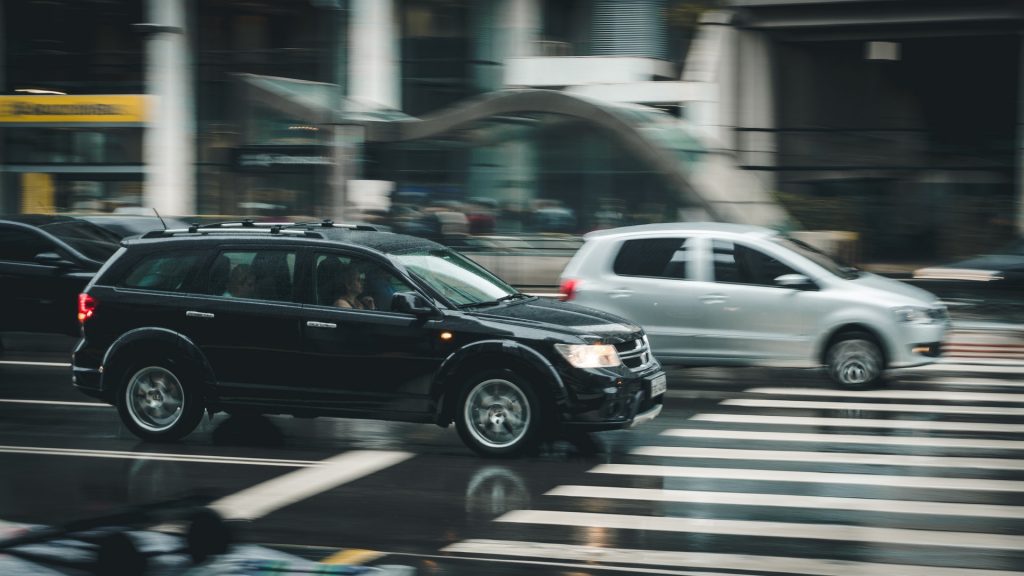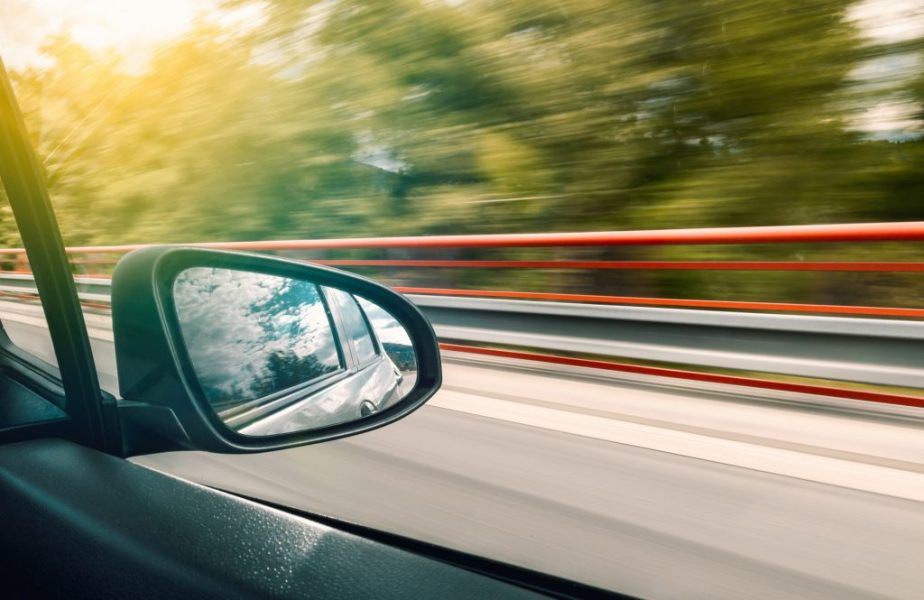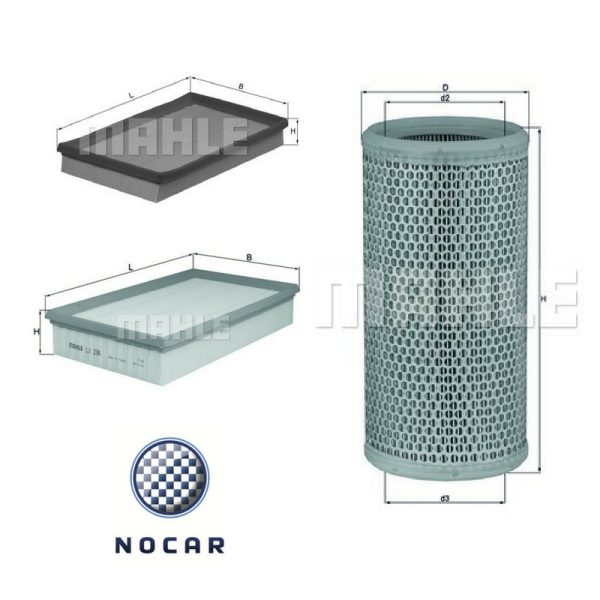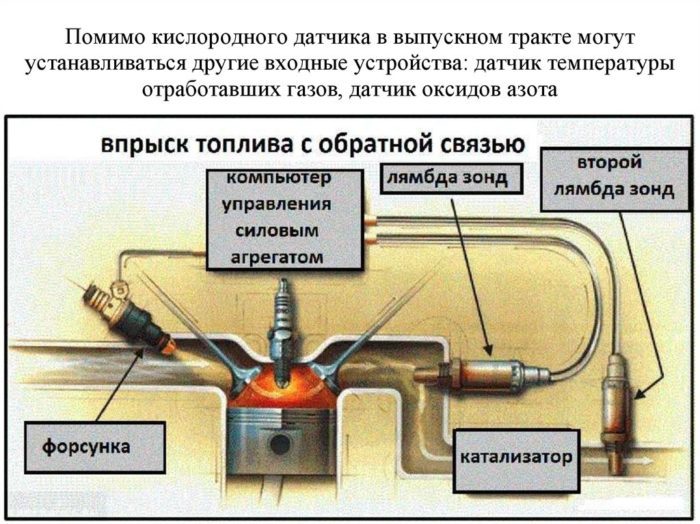
How to save fuel? 10 rules for sustainable driving
Content
- What will you learn from this post?
- TL, д-
- 1. Drive as soon as the engine starts.
- 2. Turn off the engine when it is stationary.
- 3. When driving around the city - predict
- 4. Change gears carefully.
- 5. Move smoothly
- 6. Check wheel alignment and tire pressure.
- 7. Empty the trunk.
- 8. Remove the roof rack.
- 9. Save energy.
- 10. Replace worn parts.
The secret to saving fuel lies not in magic gasoline additives, modern eco-certified drives or low-performance oils, but in ... driving style! Whether you're driving around town, making short trips between headlights, braking and accelerating hard, or running your engine at high revs frequently, every increase in fuel prices will hit you hard. Check out how to change it and save up to several hundred zlotys a year in a trivial way - learn about the golden rules of eco-driving.
What will you learn from this post?
- How to save fuel when driving around the city?
- How to save fuel on the road?
- What influences the increase in fuel consumption in a car?
TL, д-
Eco driving is smooth and smooth driving without harsh braking or acceleration. Works especially well in city traffic. The most important principles of economical driving are: starting when starting the engine, disengaging the drive when stopped for more than 30 seconds, correct gear shifting, maintaining a constant speed when driving on the highway. Avoiding unnecessary electronic gadgets, emptying the trunk and taking care of the technical condition of the car also affect the reduction in fuel consumption.
1. Drive as soon as the engine starts.
A typical winter genre scene: you get into the car, start the engine and the heater, and then ... you go out and start clearing the snow from the body and clearing the frost from the windows. This is a habit that affects many drivers. However, this can be expensive. Firstly, because the Rules of the Road prohibit leaving the engine running while parking in built-up areas - For violation of this prohibition, you can be fined 100 PLN.... Secondly, because idling engine consumes fuel unnecessarily. Modern cars are completely ready to drive immediately after starting the drive - even in a harsh, cold winter, such a warm-up of the drive does not make any sense. If you want to save some money start immediately after starting the engine and drive slowly for a few seconds – without sharp accelerations and “tire screeching”.
2. Turn off the engine when it is stationary.
You will also take care of your wallet thanks to stopping the engine during stops lasting more than 30 seconds... When idling, the drive can burn up to a liter of fuel in an hour! So, if you arrive at an intersection where a red light has just turned on, you are waiting in front of the railway gate for the train or your son to pass, because he came home for a math notebook ... turn off the engine.

3. When driving around the city - predict
Anticipate what might happen on the road, key principle of economical city driving... Of course, such an assumption cannot be made during peak hours, since the situation is changing dynamically. Outside the busy period, however, it is worth driving more smoothly. Therefore, avoid hard acceleration and deceleration between successive intersections. If you are approaching a red light already on, start slowing down in timeslow down the engine carefully. By the time you reach the intersection, the indicator will turn green and you you will avoid costly stops and starts.
4. Change gears carefully.
Respect the gearbox in your car - you will save both on changing gear oil and on fuel. The success of sustainable driving lies in skillful and smooth operation of gearsto get the highest possible speed for a given speed. Use "one" just to start and then smoothly change to a higher gear... It is assumed that the next gear ratio should be changed after reaching 2500 rpm in a gasoline engine i 2000 rpm in diesel engine. However, each car works differently - so listen to the drive and check the tachometer to find the perfect moment to change gears. Driving with the wrong gear ratio can cause serious damage. failures of a crank-piston system, for example, a dual-mass wheel.

5. Move smoothly
Fast acceleration puts a lot of strain on the engine – and on your wallet. Even if you are driving on freeways or motorways, do not use the maximum allowed speed limit. A smoother and smoother ride is more economical. Driving on highways for short distances (about 100 km), You get optimal combustion at speeds of 90-110 km / h.... When you drive faster, you constantly slow down and accelerate to overtake slower cars, which dramatically increases your fuel consumption. Fuel consumption also increases at speeds over 120 km / h.
6. Check wheel alignment and tire pressure.
The condition of the tires affects not only the safety and comfort of driving, but also the level of fuel consumption. This is especially important tire pressure – if it is too low, the rolling resistance of the wheel increases on the road, which leads to an increase in fuel consumption (even by 10%!). You will also save money improved wheel alignmentas well as a set narrower (but acceptable by the manufacturer) tires.
7. Empty the trunk.
To save on fuel, get rid of unnecessary ballast, especially if you make short trips every day. Free your trunk from everything you don't need - a tool box, a 5-liter bottle of windshield washer fluid or coolant, a straightener and other things that you carry with you “just in case” but will never come in handy. Getting rid of unnecessary burdens you will reduce the weight of the car and save on fuel.

8. Remove the roof rack.
This will have a similar effect. removal of the roof rack... When riding, a ski or bicycle box increases air resistance, which affects fuel consumption, especially when driving at high speedsfor example a highway.
9. Save energy.
Of course, this is not about completely abandoning the benefits of technology and not turning on the air conditioner on a hot day or not listening to music while driving. However, modern cars are full of unnecessary gadgets. Dismissing some of them, for example, from the bulbs that illuminate the driver's legs, or heated seats, will reduce energy consumption and save fuel.
10. Replace worn parts.
The technical condition of the car also has a huge impact on the level of fuel consumption. Check the engine oil level regularly, as well as the condition of the air filters, spark plugs and ignition wires. - these are the elements that most affect the fuel consumption of the engine. If they do not perform their functions sufficiently, the power unit works less efficientlyand this leads to an increase in fuel consumption.

It is estimated that eco-driving can reduce fuel consumption by up to 20%. This results in significant savings throughout the year – not just on fuel. The smooth and smooth movement of the vehicle also contributes to the reduction of wear on many components, such as the transmission or clutch. I think it's worth it, right?
If you are just planning a minor repair of your car, take a look at avtotachki.com - there you will find auto parts, working fluids, light bulbs and motorcycle cosmetics from the best manufacturers.
For more automotive tips on our blog:
Sudden spike in fuel consumption. Where to look for the reason?
Is your car polluting the environment? Check out what needs to be taken care of!
How to drive a car to minimize the risk of manual transmission failure?
avtotachki.com,, unsplash.com
